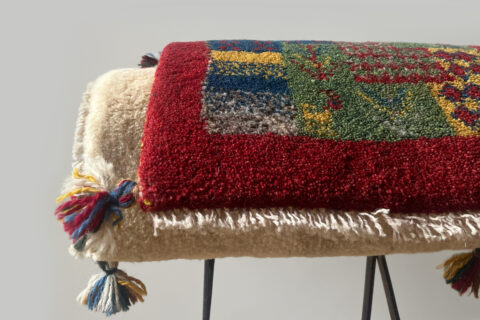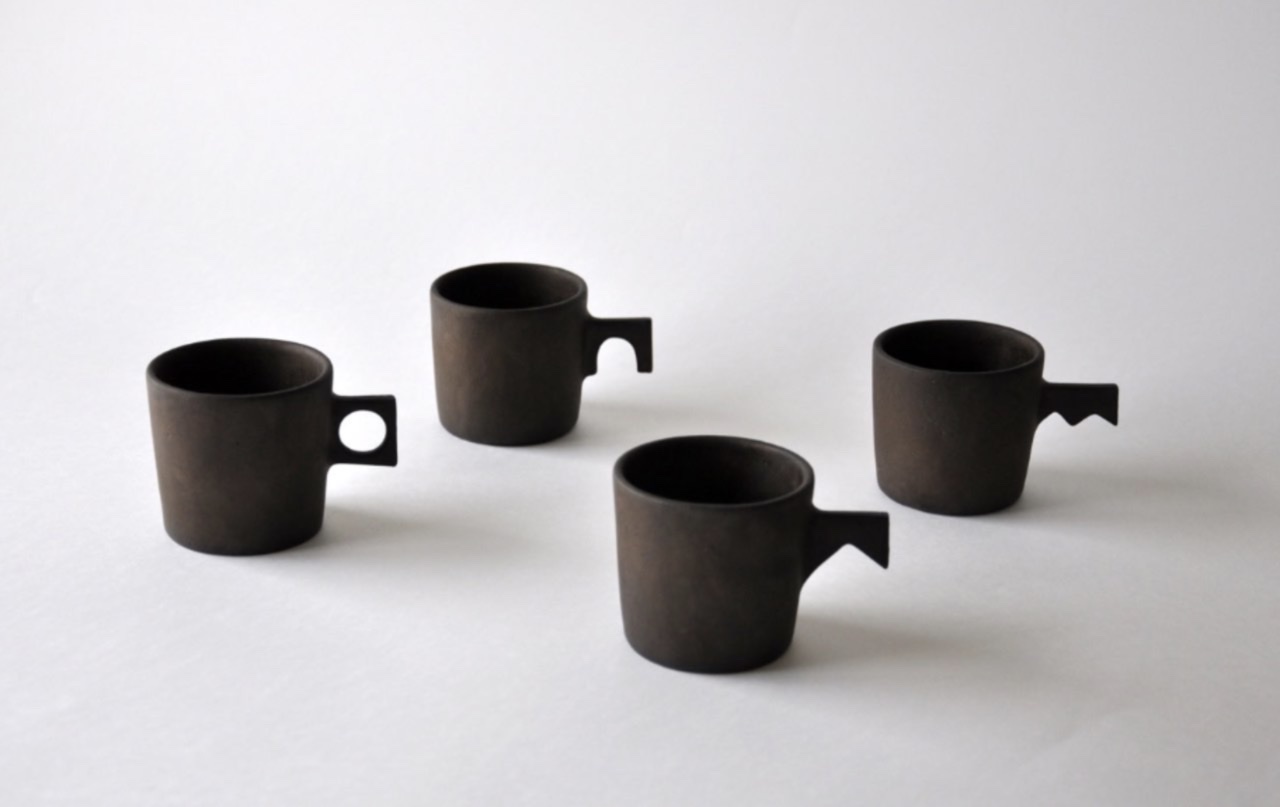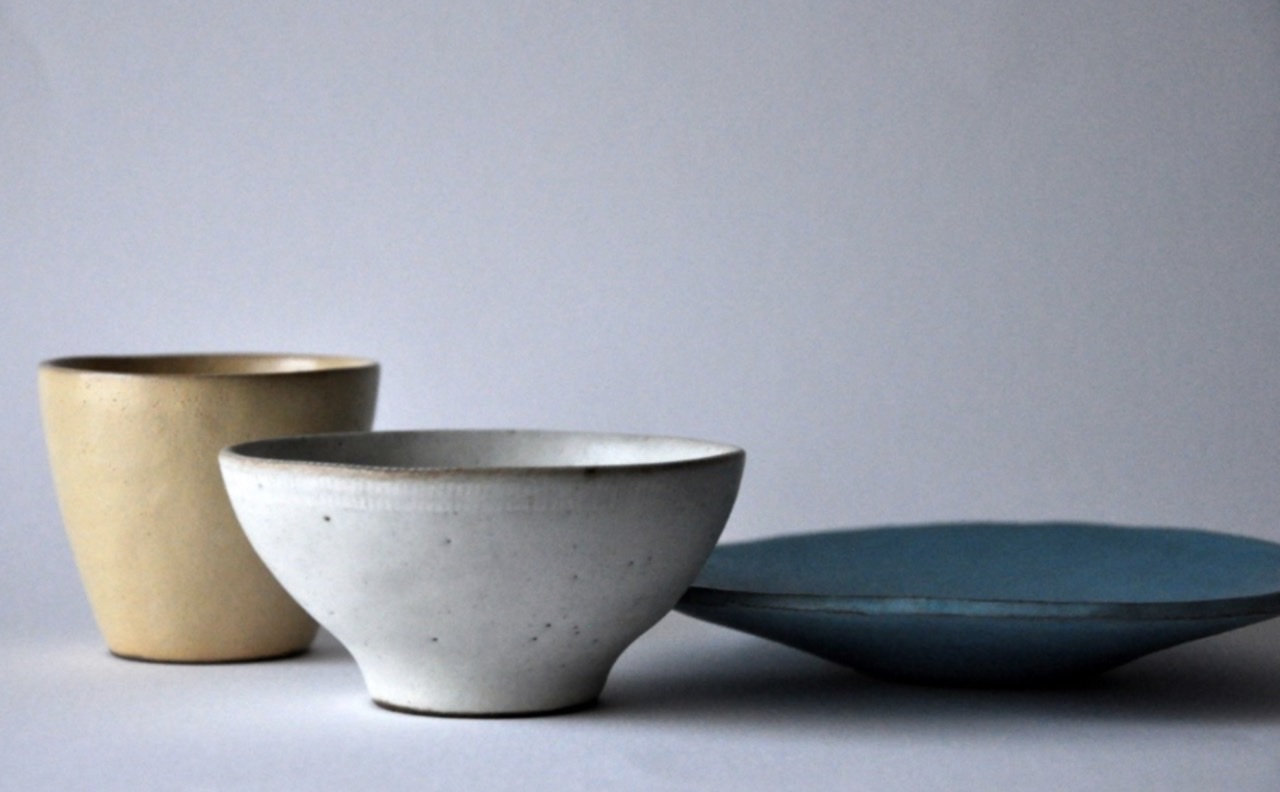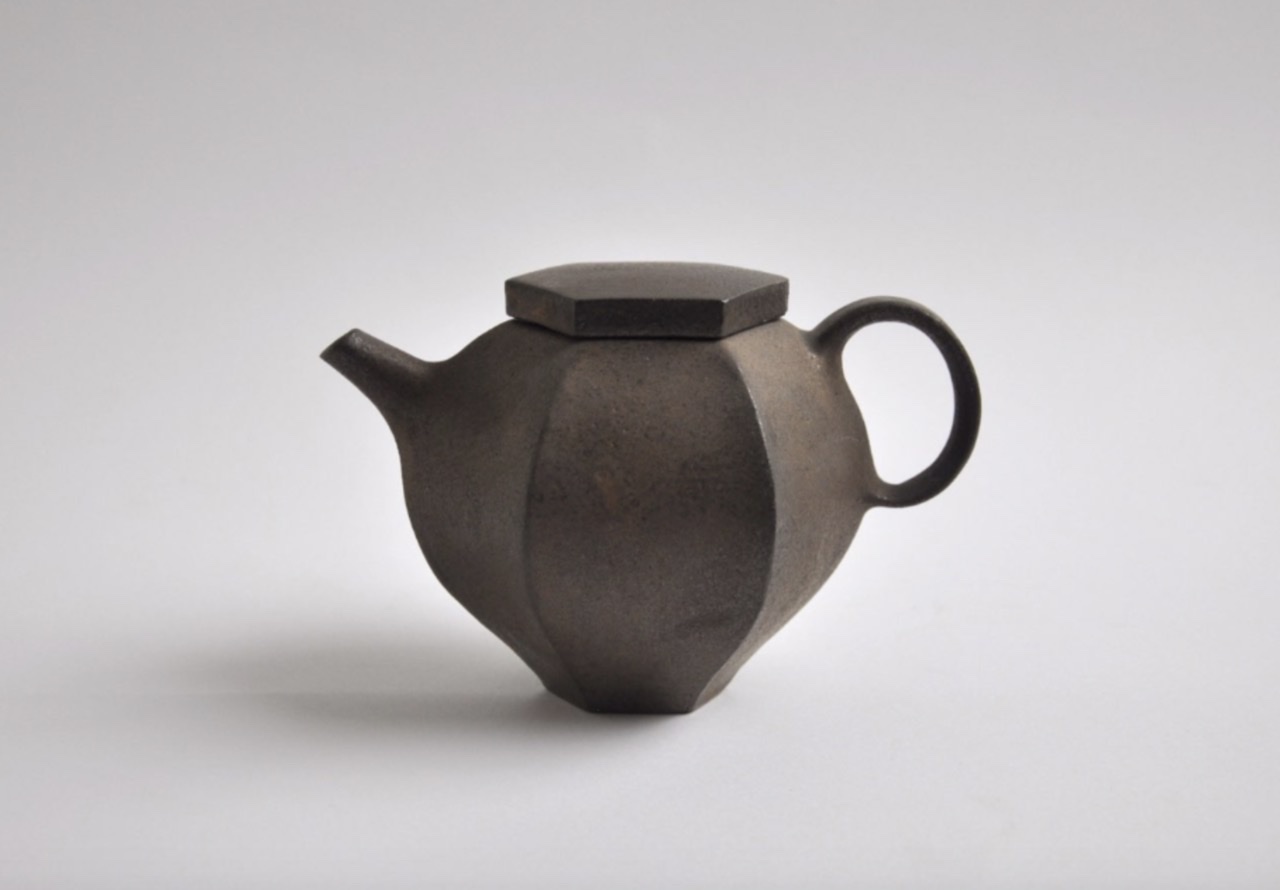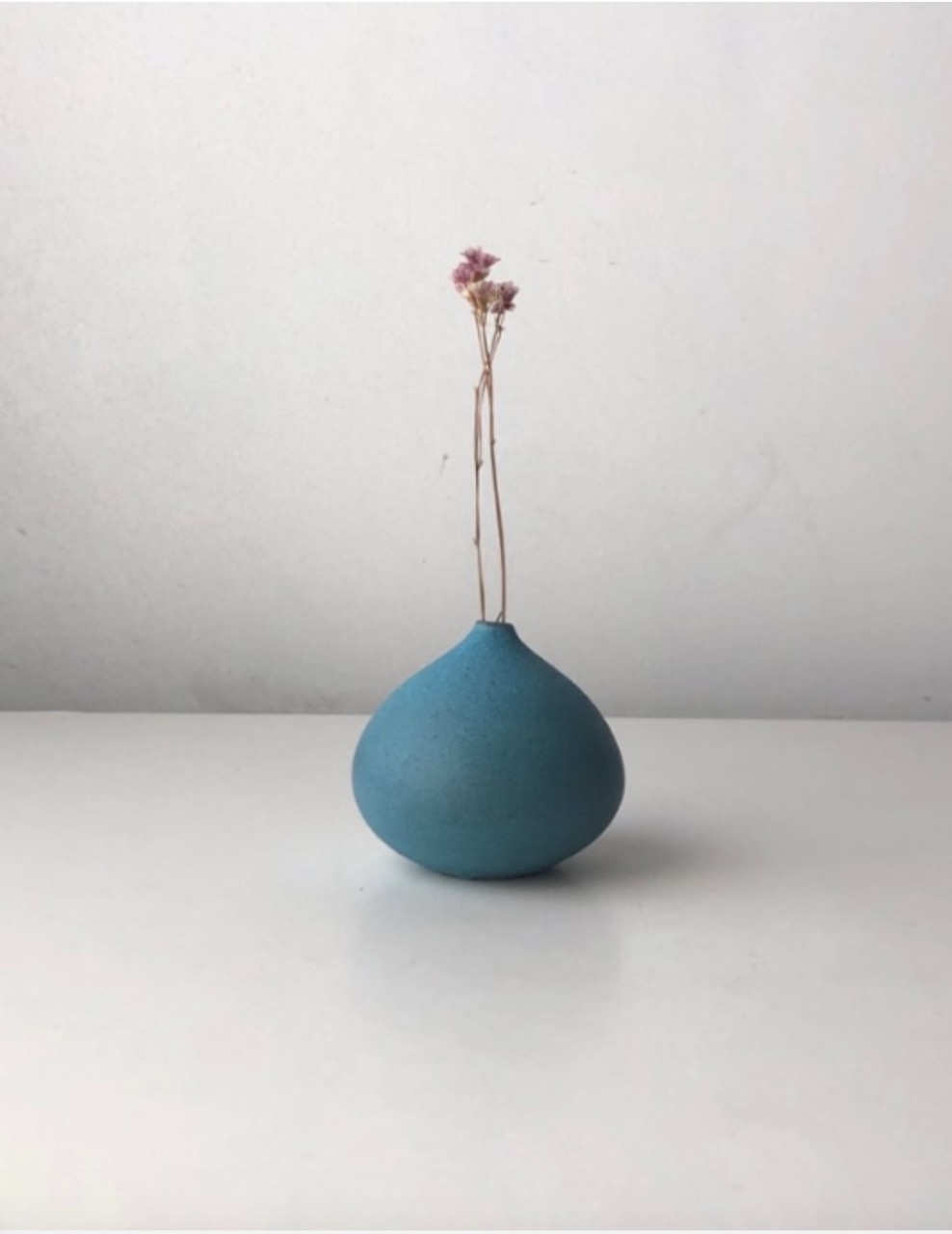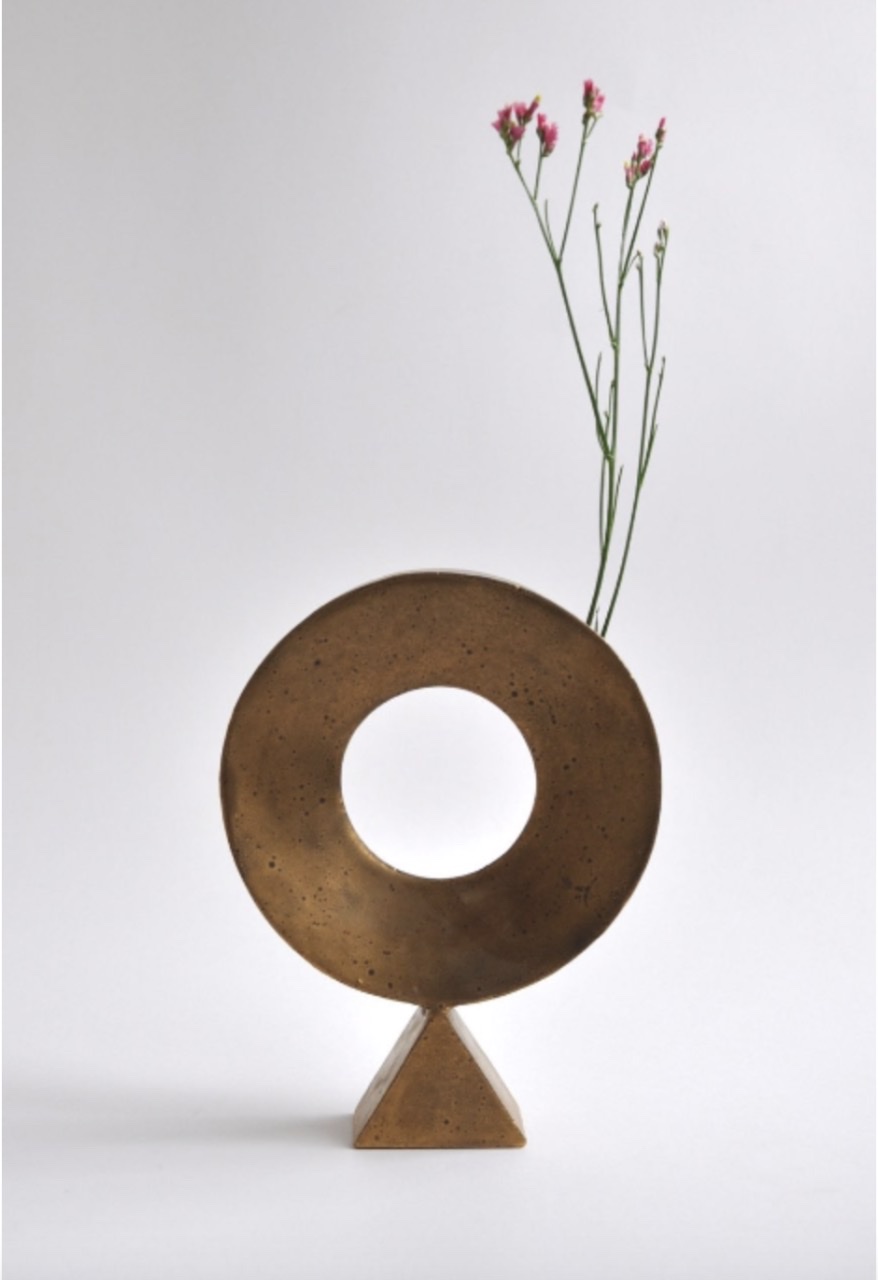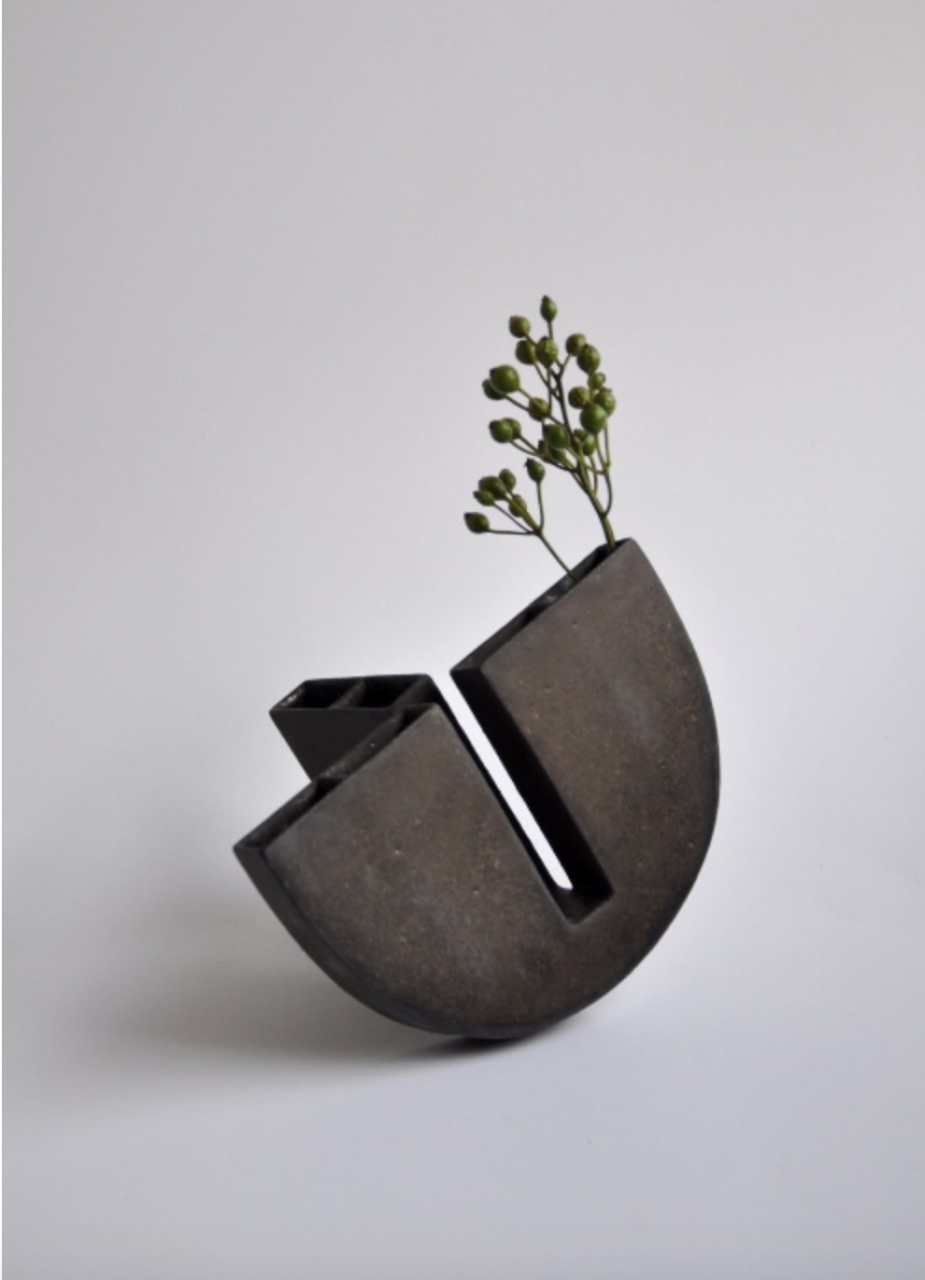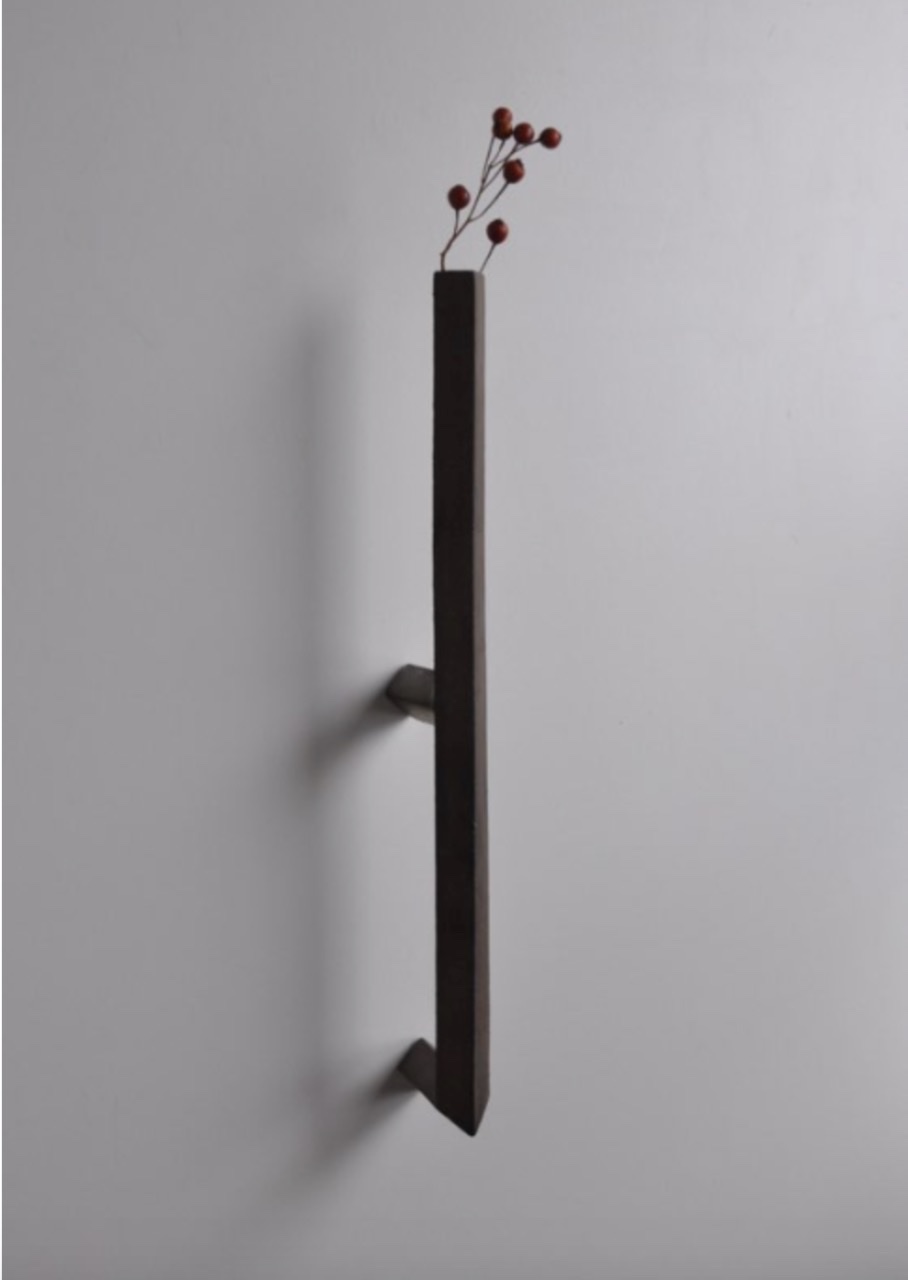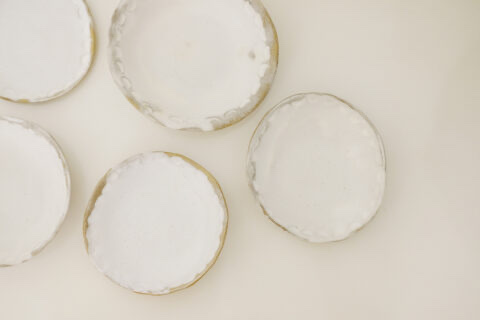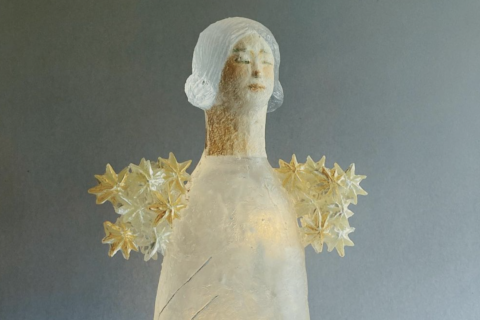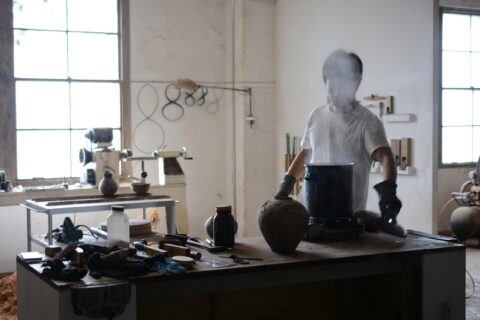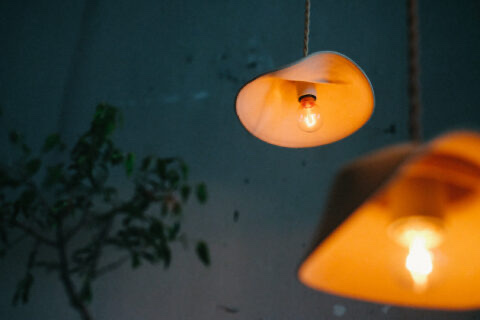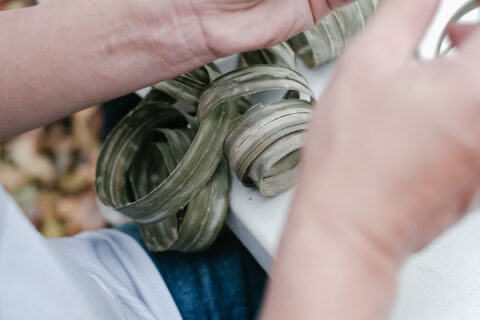近幾年,日本興起「斷捨離」的極簡生活主義,彷佛把身邊的東西都掉棄,化繁為簡,才能擁有美好的人生。但事實又是否如此呢?假若生活裡充滿了喜愛的東西,每一件物品都有它的故事、有它值得被珍視的地方,可以跟別人分享,這不是更幸福嗎?日本陶藝家田中啓一的作品同樣給人一種幸福又親切的感覺,雖然是全新的作品,外表卻擁有千錘百練的氣息;看似是平常之物,用起來卻能讓人感受到器物的美好。田中說,他製作的餐具是生活裡經常會用到的工具,又因為他喜歡烹飪,所以在製作不同的餐具時,都會考慮到它的實用性和盛載食物時的狀態,讓它發揮原始的魅力,並以最好的狀態示人。
對於田中啓一來說,「原始」大概是古物的質感,是時日累積下來的斑駁痕跡。他對古物十分著迷,尤其是老房子或農舍的牆壁上掛著的樂器或工具。他認為古時的器物有它的功能之美,同時它們的形態也有著不可言喻的美麗。因此,田中以此為靈感,並巧妙地運用金屬釉,使陶器擁有著金屬光澤,同時帶點氧化、殘舊的質感。它們與純金屬製作的器皿不同,它們擁有天然粘土的柔軟,以及溫暖親切的觸感。這些花瓶沒有典型花瓶的模樣,掛在牆壁上有如五線譜上跳脫的音符,也像簡潔俐落的雕塑,上面放上一枝樹枝或是細小的花朵,讓整個空間的氣氛也沈澱起來,連呼吸也變得安靜無聲。
除了金屬色的陶器,田中啓一也被十五、十六世紀歐洲很受歡迎的全白色陶器、古埃及和土耳其傳統的藍色玻璃器物所吸引,他使用了白色釉營造出柔軟光滑的白色餐具,又以海藍色釉製作出充滿異國風情的花瓶,貫徹簡約和久經時間洗練的氣質。在使用它們的時候,好像能把時間都凝住在當下,讓我們能享受著器物所帶來的平靜和愉快的心情。
In recent years, it has been a trend to live a minimalist way of life through decluttering. It feels as if throwing away things as much as possible has become the only path to a beautiful life. But how true is this belief? What if you have possessed many things that you genuinely love, while each of your possessions has a story that is meaningful to you, and all of these items are worth to be cherished? If this is the case, isn’t it more gratifying to share them with others? The Japanese potter Keiichi Tanaka’s ceramics can always fill people with joy and a sense of well-being. Looking at his ceramics, it feels like they have all experienced a lot; even if it is a brand new item, there is still a sense of history that can be seen in the object. The beauty of utility can be vividly seen in these everyday objects. Containers used by usual households are what Tanaka often makes. As a person who enjoys cooking, Tanaka would put into consideration how the ceramic tableware would look like when being used. He endeavors to make tableware that can demonstrate an authentic charm when being put on a table.
Authenticity is the word that Tanaka would use to describe the essence of antiques. The authenticity of these objects is exemplified by the traces of them being actually used. He is obsessed with antiques, and the types of antiques he particularly likes are musical instruments and tools hanging on the wall of an old house or a farmhouse. He sees a compelling sense of utilitarian beauty in containers in the older times. Their forms also possess an inexplicable charisma. Inspired by the antique containers, Tanaka applies metallic glaze onto his ceramics to give them a slightly shiny finishing, as well as an oxidized and used texture. Unlike metalware, pottery has a more gentle and approachable appearance. His vases do not follow the usual shape of a vase. A few pieces of Tanaka’s vases hanging on a wall can well be seen as musical notes dancing freely on sheet music. Standing alone on the table, his vase is a sculpture piece. Putting a thin tree branch or a small flower into one of his artistic vases, the room can be instantly transformed into a tranquil space.
Apart from ceramics with metallic glaze, Tanaka is also fascinated by the pure white ceramics that were popular during the fifteenth to the sixteenth century in Europe, as well as the blue glassware of ancient Egypt and Turkey. To reproduce these characteristics in his pottery, Tanaka applies white glaze to make his white tableware shine in a smooth glow, and use the turquoise glaze to give his vases an exotic note. Regardless of the differences in glaze used, his ceramics are made with a consistently clean design and used texture. Holding these objects in hands, time seems to have frozen to allow us to fully experience the serenity and joyous moment without being distracted.
